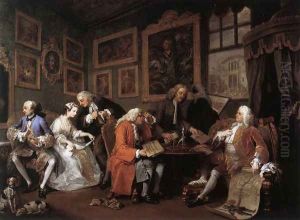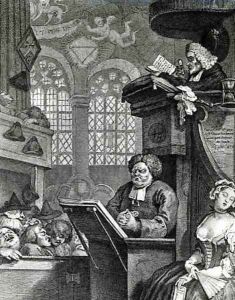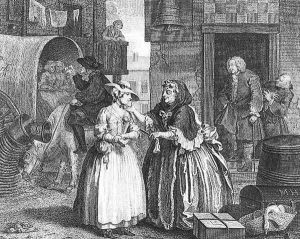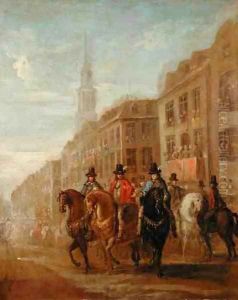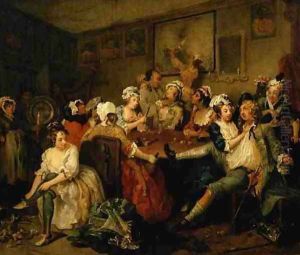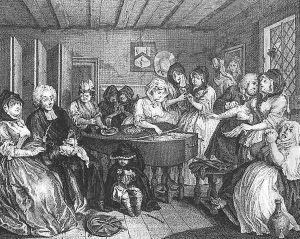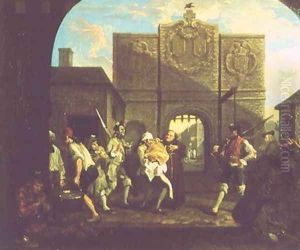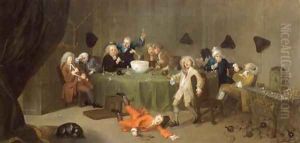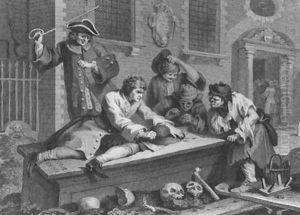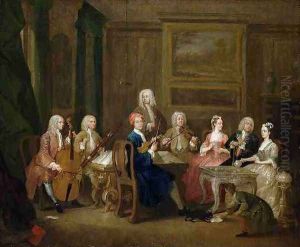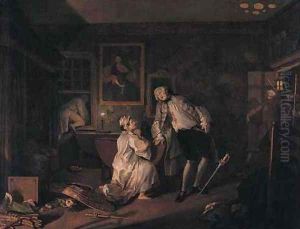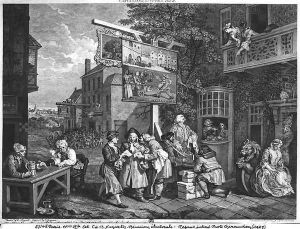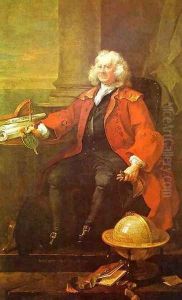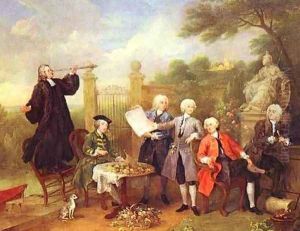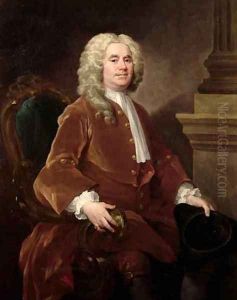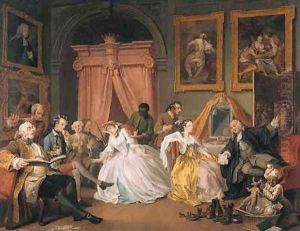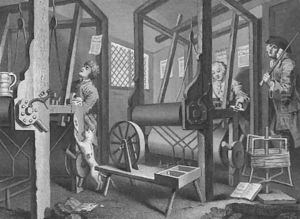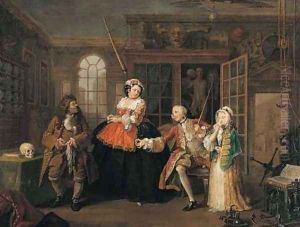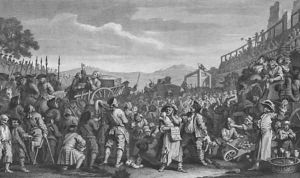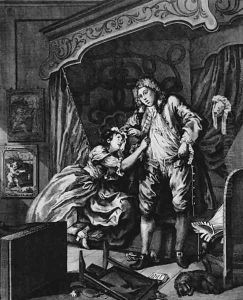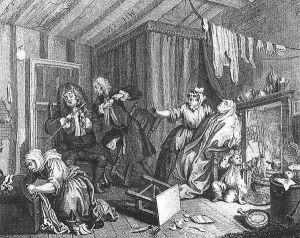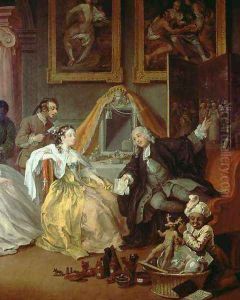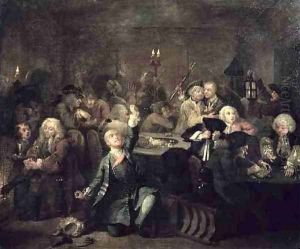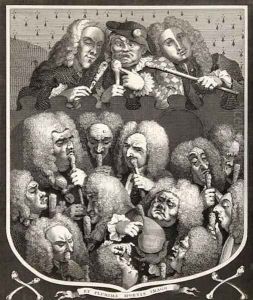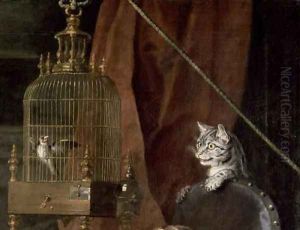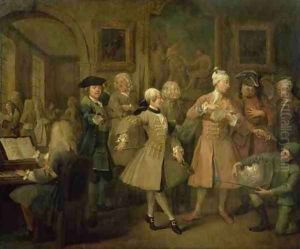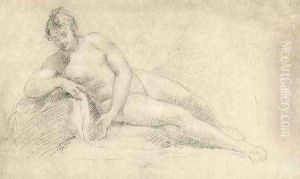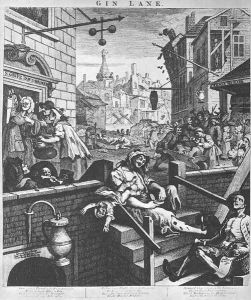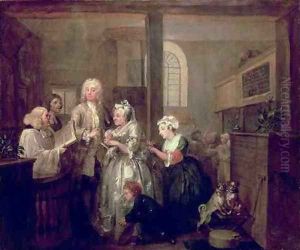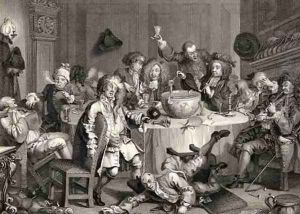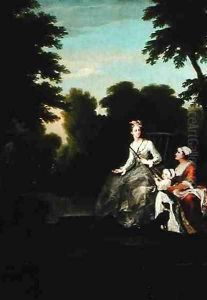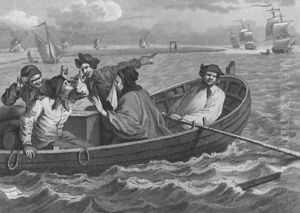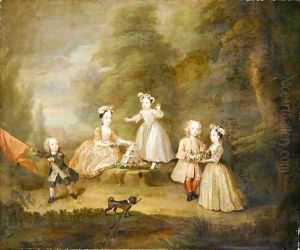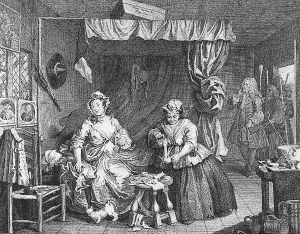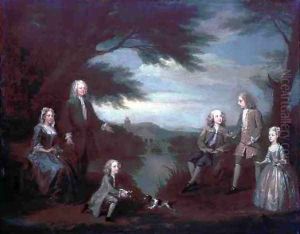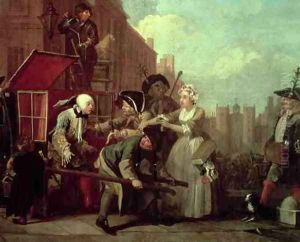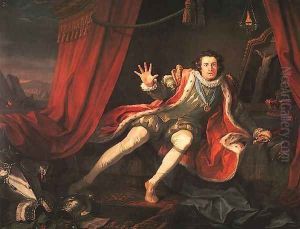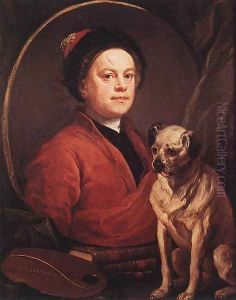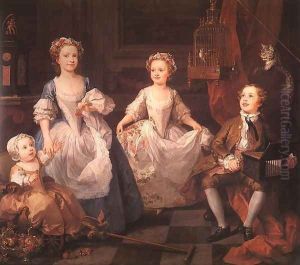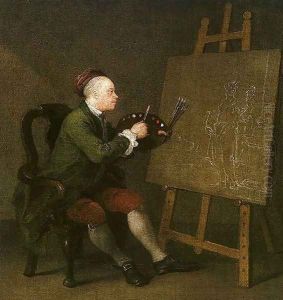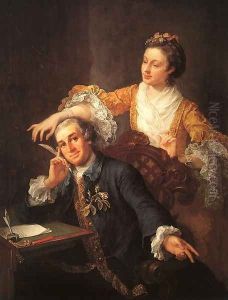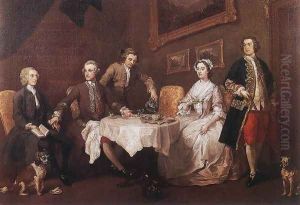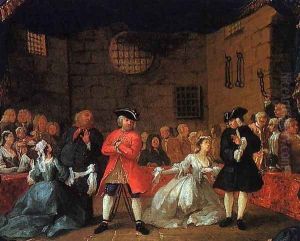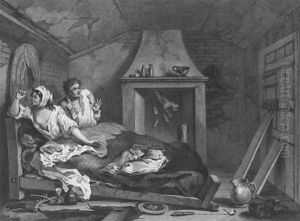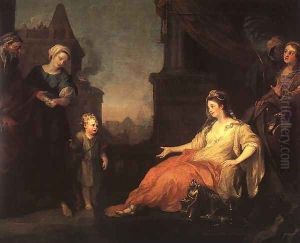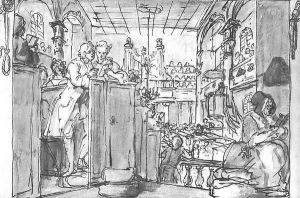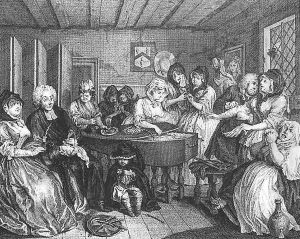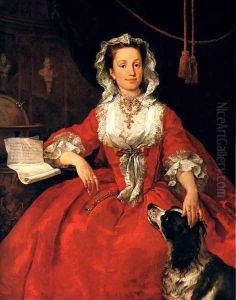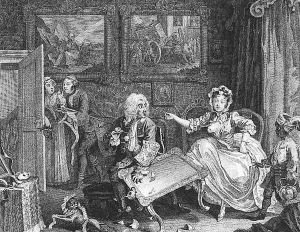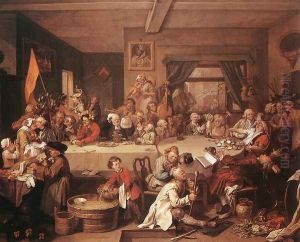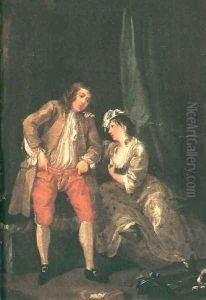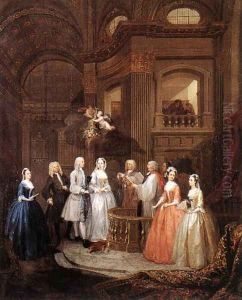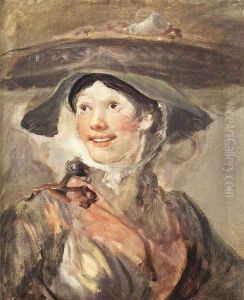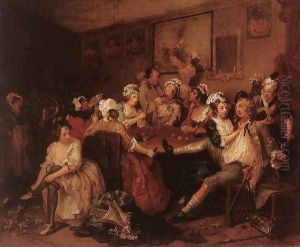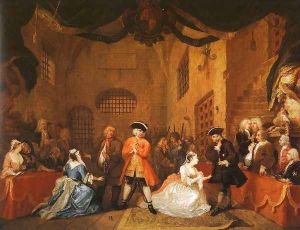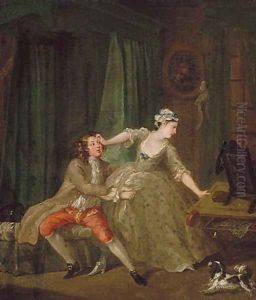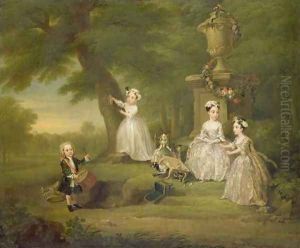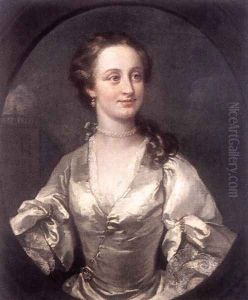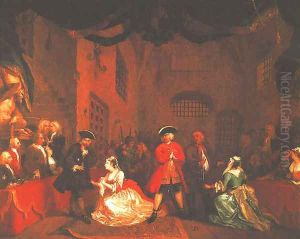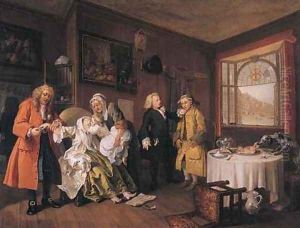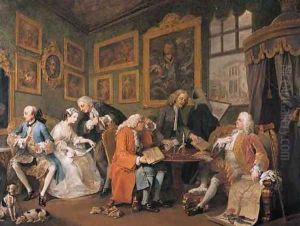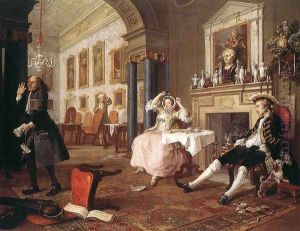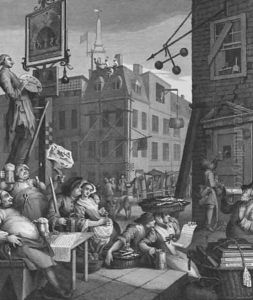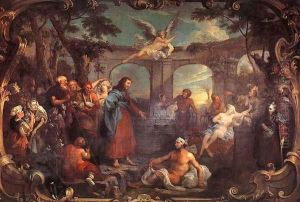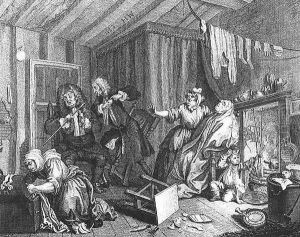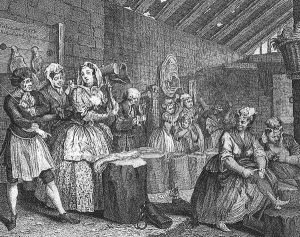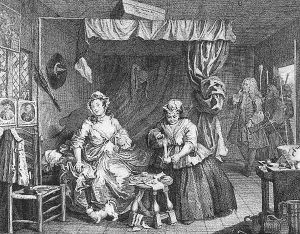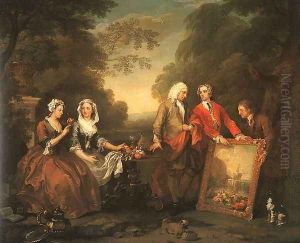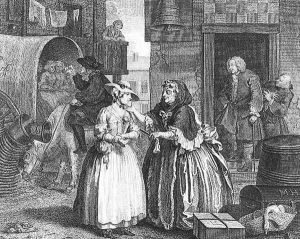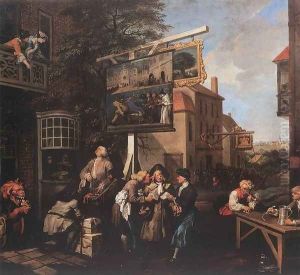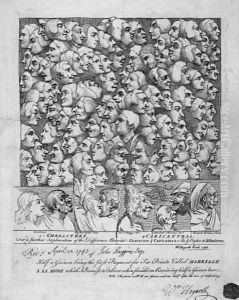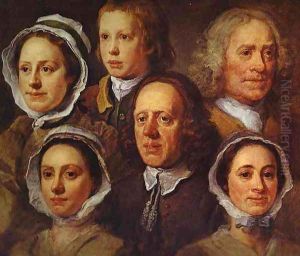William Hogarth Paintings
William Hogarth was an English painter, printmaker, pictorial satirist, social critic, and editorial cartoonist who has been credited with pioneering western sequential art. His work ranged from realistic portraiture to comic strip-like series of pictures called 'modern moral subjects'. Much of his work, though at times controversial, was designed to be understood by those who could not read.
Hogarth was born in London to a lower-middle-class family. His father, Richard Hogarth, was a Latin teacher and textbook writer. William's early life was marred by his father's unsuccessful business ventures and subsequent imprisonment for debt. Despite these early hardships, Hogarth was apprenticed to a silver plate engraver, where he learned the trade that would form the foundation of his career.
In the 1720s, Hogarth resolved to become a painter and was admitted to the new academy in St. Martin's Lane, London. He started his career with small portrait commissions and eventually moved to creating his 'modern moral subjects'. His series such as 'A Harlot's Progress' (1732), 'A Rake's Progress' (1735), and 'Marriage A-la-Mode' (1743-1745) were narratives that commented on the follies and vices of society. These works were published as engravings and gained widespread popularity.
Hogarth's success stemmed from his keen observation of human behavior and his skill in rendering these observations in a way that was both engaging and accessible to a broad audience. He depicted the London of his time, portraying both its squalor and its grandeur. His work is celebrated for its vivid characterizations, its complex iconography, and its layered social critique.
He also painted historical subjects and provided illustrations for books. Among his notable works are 'The Analysis of Beauty' (1753), in which he outlines his theories of visual beauty and composition, and 'The Election' series, which illustrates the corruption present in English elections of the 18th century.
William Hogarth was a forthright advocate for artists' rights and was involved in the establishment of a copyright law for artists. He was also a founding member of the St. Martin's Lane Academy, which was instrumental in the development of art in Britain.
Hogarth died in London in 1764 and was buried at St. Nicholas Church, Chiswick. His work has had a lasting influence on British art and culture and continues to be studied and appreciated for its satirical wit and social commentary.
